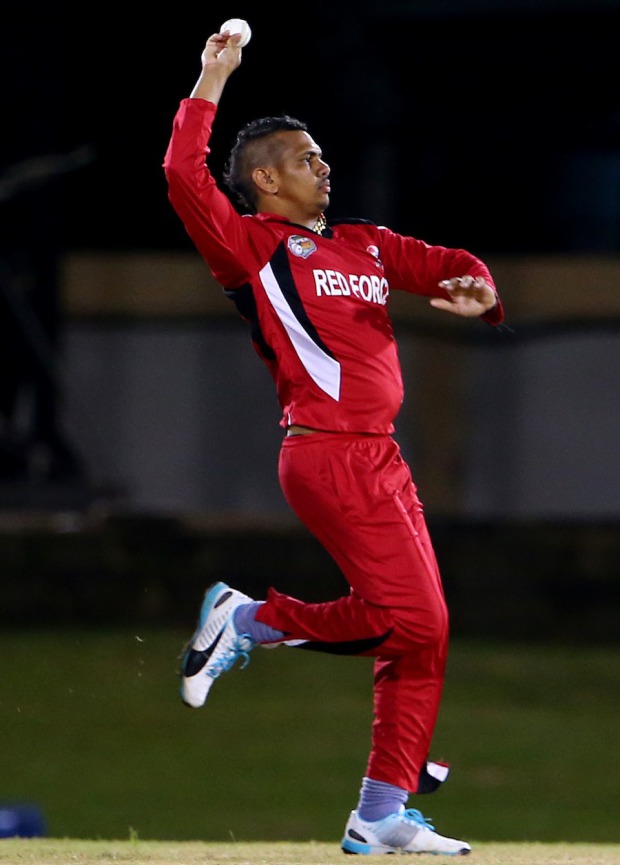Action stations

|
|||
|
Related Links
|
|||
"There are enough bowlers with suspect actions who should be scrutinised and probably haven't been." When Geoff Allardice, the ICC's general manager of cricket, said this at the governing body's annual conference in Melbourne in June, his words didn't seem too different from other such statements in recent years - a little administrative lip service, perhaps, to show the ICC were doing something. But Allardice was serious.
Since then, eight bowlers have been reported in, and suspended from, international cricket for suspect actions - all off-spinners bar Bangladesh seamer Al-Amin Hossain, whose action was subsequently cleared. A few more - notably Sunil Narine - were reported outside the international game's jurisdiction, at the Champions League, though by international umpires. Some, such as Sachithra Senanayake and Kane Williamson, have undergone rehabilitation and returned. Others, such as Saeed Ajmal, are among the biggest fish around.
So why now, especially when some of these bowlers have been playing for a while? It is complicated. In part, the purge was triggered by a dispute between the ICC and the University of Western Australia in Perth, where international bowlers under suspicion had gone for testing and, if necessary, remedial work. Ostensibly the dispute was over intellectual property. In 2009, after a case involving the unusual action of England seambowling all-rounder Jenny Gunn, the ICC realised they needed more testing centres, as well as a standard testing protocol: one centre found Gunn's action to be illegal, another cleared it. They suggested modifications to the UWA's protocol.
Both the ICC and the UWA wanted to eradicate chucking, but disagreed on how best to do it. The ICC claim their modifications were never considered; in March 2014, the UWA officially withdrew the services of their biomechanics lab. By then the ICC had developed their own protocol, and were busy accrediting new labs. The UWA claimed the ICC were planning to use a method they had developed - without permission. That dispute rumbled on, but the ICC got what they wanted: greater ownership of the process.
One constant grumble from ICC and board officials had been that too many bowlers whose actions looked questionable were being cleared by the UWA. As a result, umpires were reluctant to report bowlers whose actions they suspected, but who had already been cleared in Perth (such as Ajmal, in 2009). Now the umpires, emboldened by the ICC's stance, have reasserted themselves. It helps, too, that they are not being singled out: it is always the team of match officials which report a bowler. The ICC also have greater flexibility in being able to send more bowlers to more accessible labs, in Cardiff, Loughborough, Chennai, Pretoria and Brisbane. Perth's isolation worked against it.
This may all become irrelevant: sometime around the end of 2016, the field itself could become the most conclusive laboratory. The ICC, in partnership with Australian researchers, have been developing lightweight sensors, which bowlers can wear during matches. If the technology works, these sensors will provide real-time data to TV umpires: should a bowler take a wicket with an illegal action - one in which the elbow flexes beyond 15 degrees - a no-ball could be called and the batsman reprieved.
The sensors were trialled during practice sessions at the Under-19 World Cup. Improvements were needed, especially with regards to calibration. But, even if they are not used in matches, the ICC hope they can be at grassroots level - and so tackle the problem at its source.

